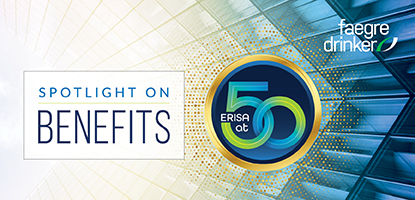Beginning in 2026, Minnesota will implement a paid family leave program (PFL) that provides family leave and medical leave benefits. The State of Minnesota will be requiring employers participating in the State’s program to report PFL medical leave benefits (not family benefits) on the employer’s Form W-2 — and this may implicate the definition of compensation in the employer’s defined contribution retirement plans. Employers should review the definition of compensation in their retirement plan documents to determine whether any action is needed prior to 2026.
Background on Minnesota PFL Taxation
On October 1, 2025, the Minnesota Department of Employment and Economic Development issued guidance on the taxation of contributions to the Minnesota PFL program and distributions from the program. This guidance only applies to employers participating in the PFL program administered by the State of Minnesota and will not apply to a fully insured or self-funded PFL program.
Continue reading “Minnesota Paid Family Leave and Defined Contribution Plan Compensation”

